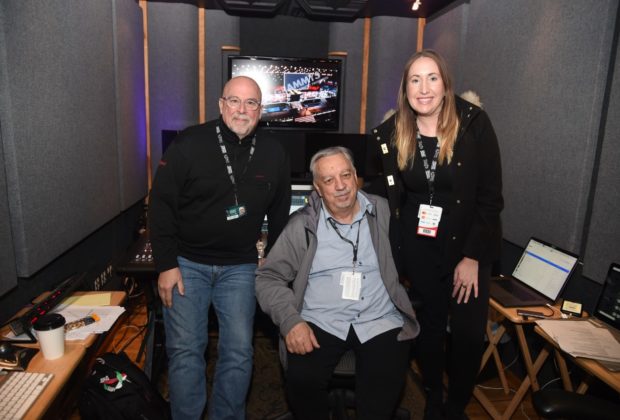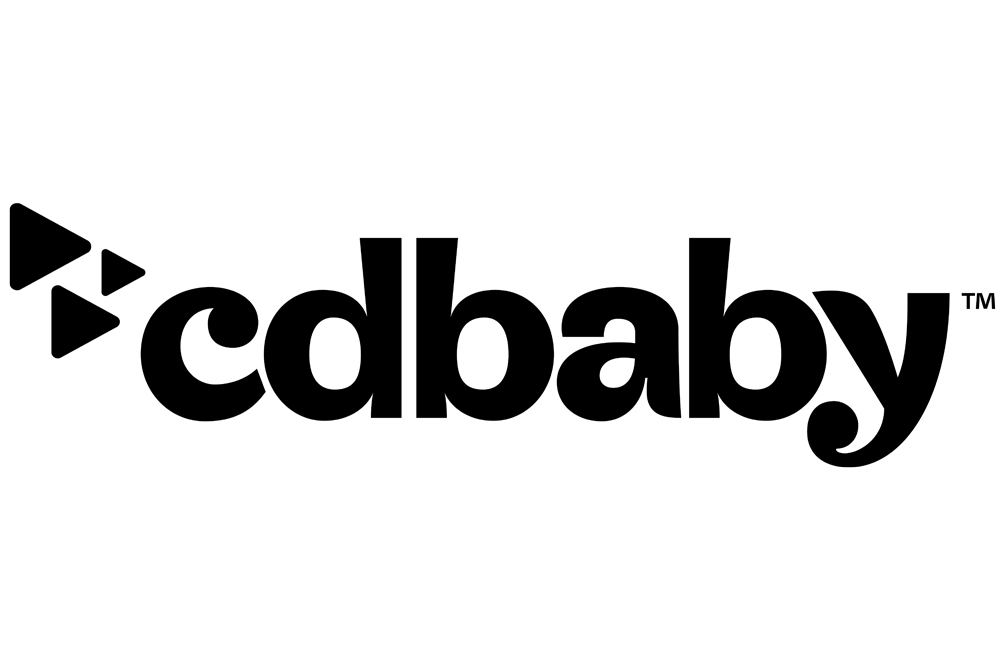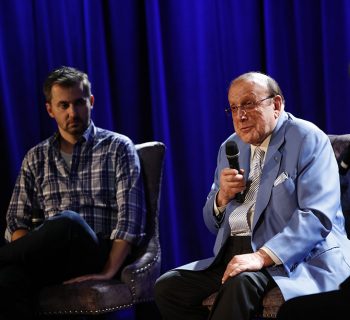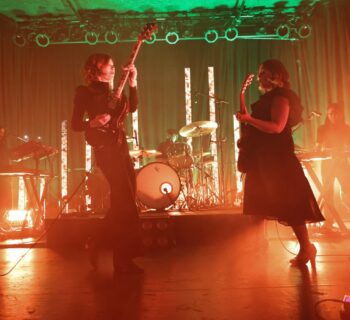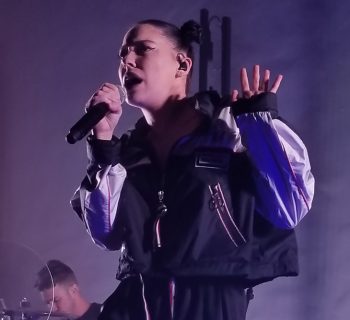As with any live production, the sonics that flow from onstage invariably ride atop the shoulders of audio engineers backstage. The 61st Annual Grammy Awards was held this year at Los Angeles’ Staples Center on February 10, where this audio maxim was once again proven true. Despite the magnitude of the iconic event, setup only began a mere four days prior to music’s most anticipated evening. Music Connection dropped by on the first day of rehearsals to check in on the progress of show-prep.
Many of the audio professionals that worked 2019’s show have served it honorably for years on end. Peter Gary, an audio engineer with XM Satellite Radio, has helped make the Grammys happen since 2002, more or less, in one of four on-site fiber and gear-heavy audio trucks. “Everything is stored [as] snapshots on the desk and throughout the show we build as we go,” he explains. “We track during rehearsal, the band comes off stage and we start to play back. Immediately we have to hit the button and everything works.”
Hugh Healy labored for years as a live and studio mix engineer. But he’s now aided the Grammy’s for more than two decades. Once he and his teammates complete their mix, it’s transferred to New York where it’s beamed out to the world. On show night, most times things go smoothly. But it’s when they don’t that the opportunity to elevate to the extraordinary arises. "Every once in a while you get some magical musical moments and it reminds us why we do this,” he observes. “In 2017, James Hetfield was singing ‘Moth into Flame’ with Lady Gaga when his mic went out. He’s a consummate performer, simply jumped onto her mic and it was a great moment.”
Pablo Munguía, a graduate of Berklee College of Music and who now directs its music production master’s program in Spain, is a fourteen-year Grammy vet. One of the many behind-the-scenes services he provides is the integration of pre-recorded, artist-furnished audio such as backing vocals, horns and the like. Time, however, isn’t a luxury he’s always afforded. “We take changes up until the morning of the dress rehearsal,” he says. “But artists don’t get a chance to focus on the show until right before they come in and everybody re-delivers tracks with changes. I always tell them ‘Wait until you have it locked [before you give it to me].’”
Part of Production Coordinator Brittany Zekofsky’s job is to bridge the gap between performers and engineers. Often as artists take the stage, their sound people will be in the trucks alongside Grammy mix engineers. "They know what their artists want,” she says, “and they sit with our mixers to make sure that’s achieved as best as possible in conjunction with the show’s vision. Artists’ engineers help cue certain parts of the songs and request mix elements but the discretion [always] falls back on the music mixers.”
But of course for all of its hype, hoopla and hairspray, the Grammys are ultimately about music. During Thursday’s rehearsal, Music Connection was treated to Alicia Keys’ impromptu rendition of the Ragtime standard “Maple Leaf Rag.” Does it get any better?
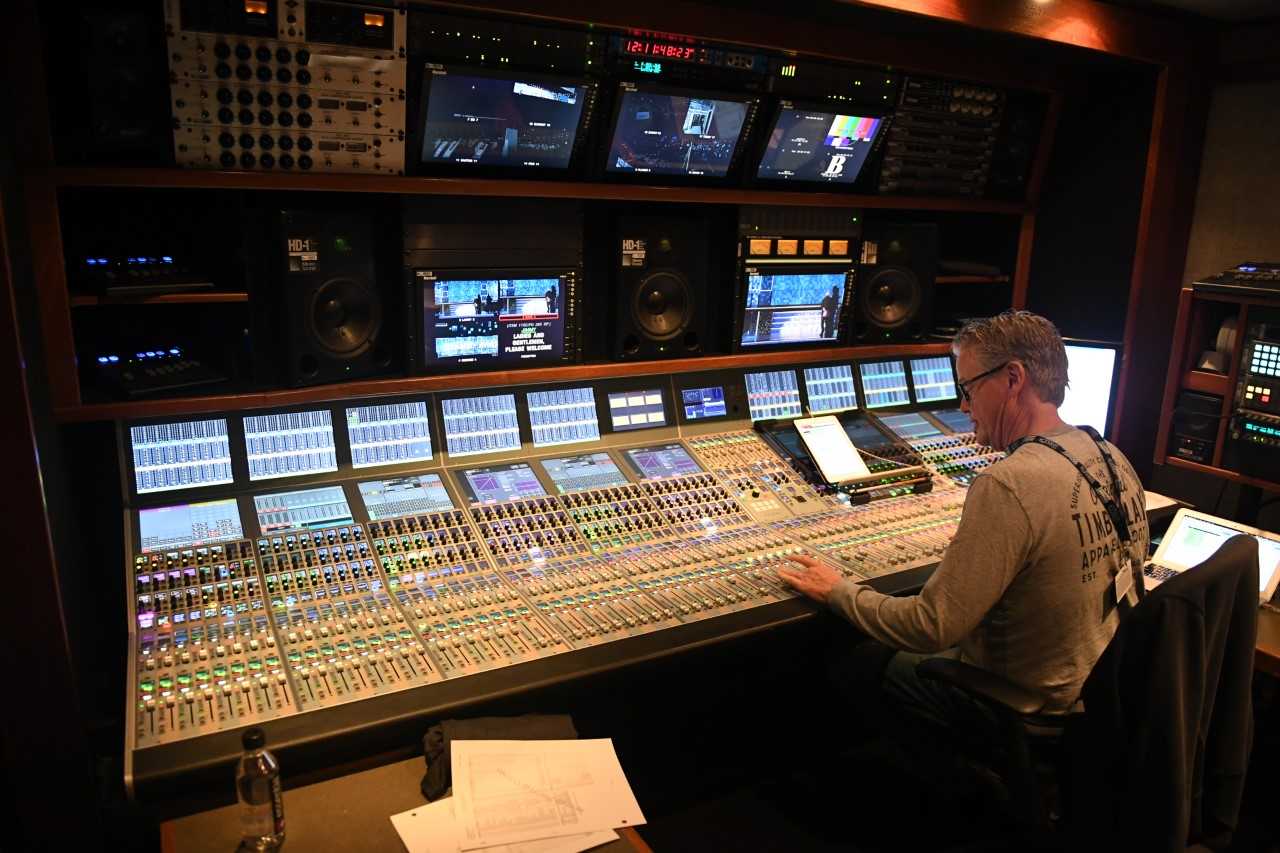
Pictured: Tom Holmes, Broadcast Production Mixer
Featured image - Pictured (l-r): John Harris and Eric Schilling, co-broadcast music mixers; Brittany Zekofsky, Production Coordinator

